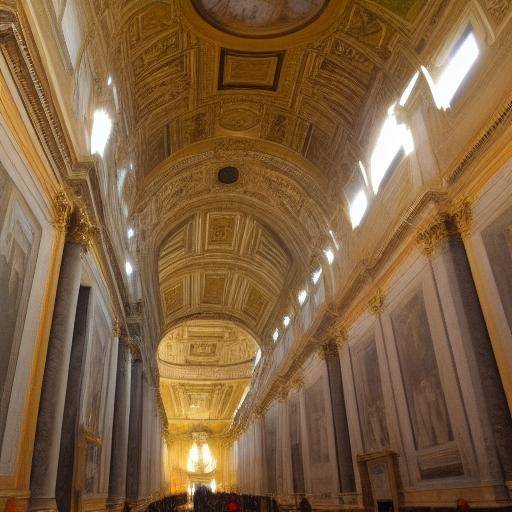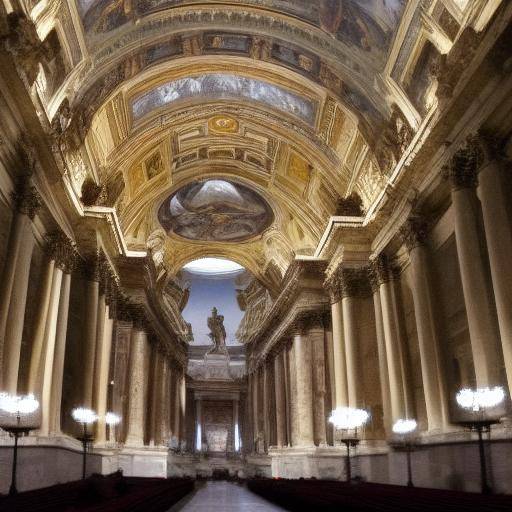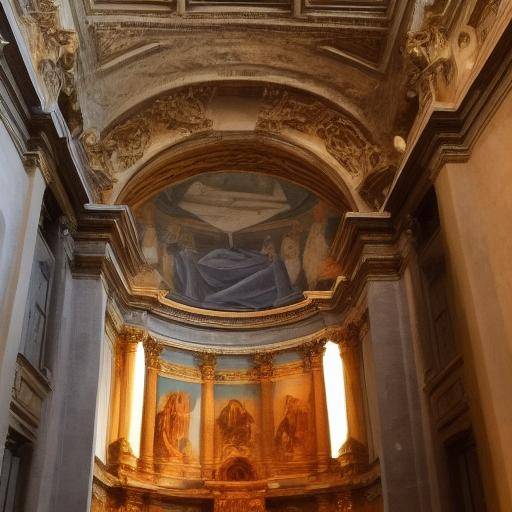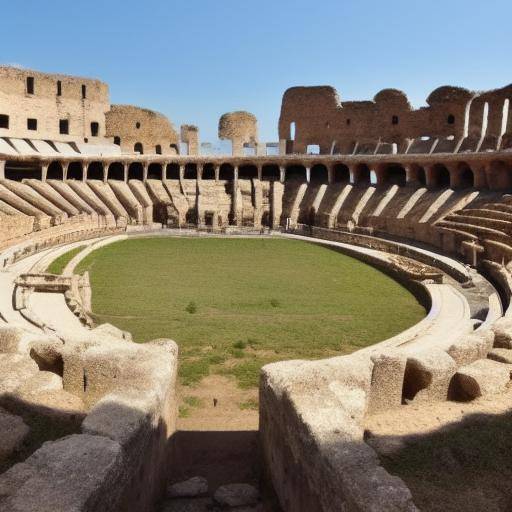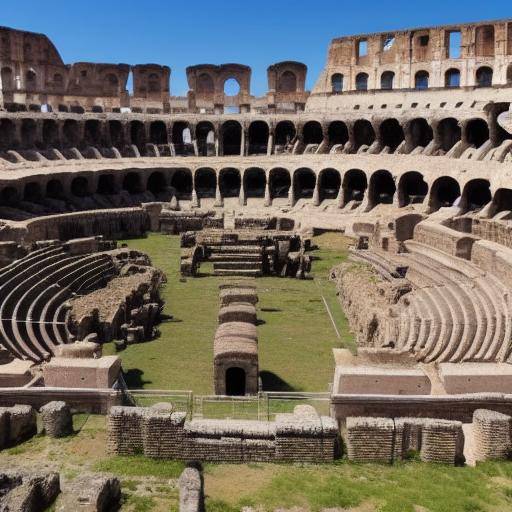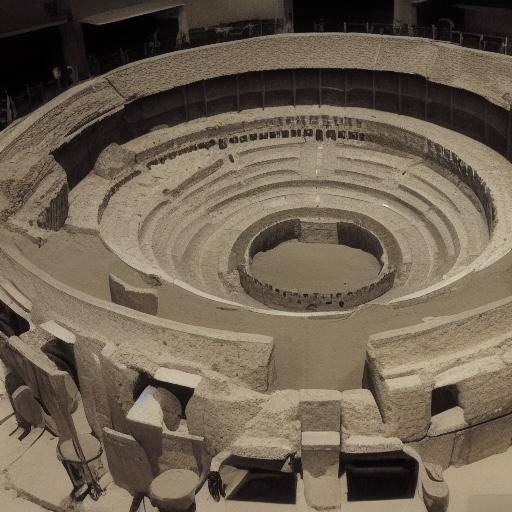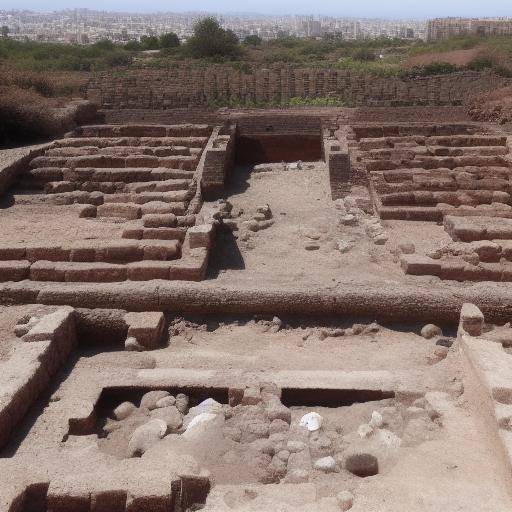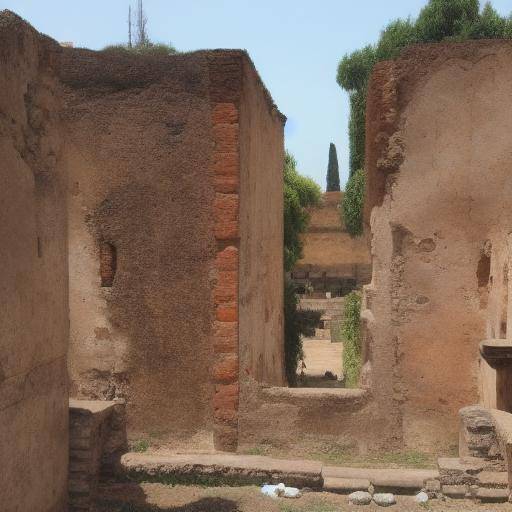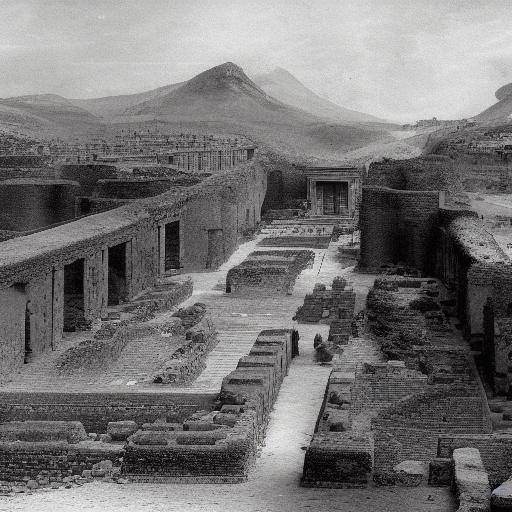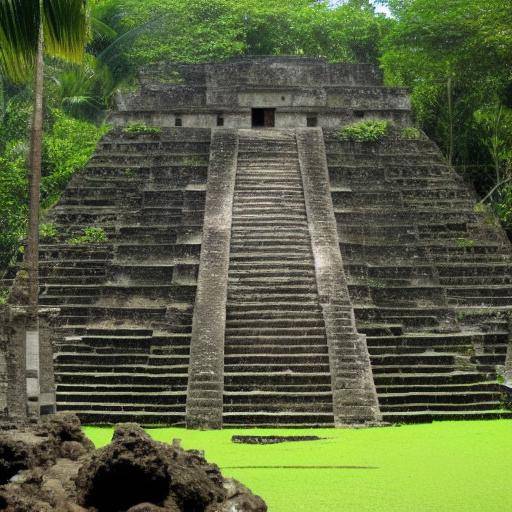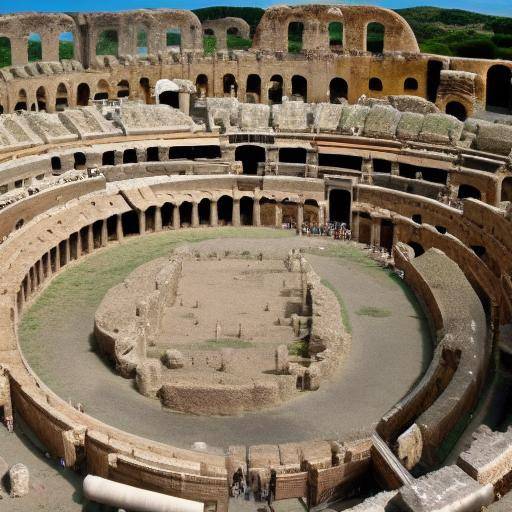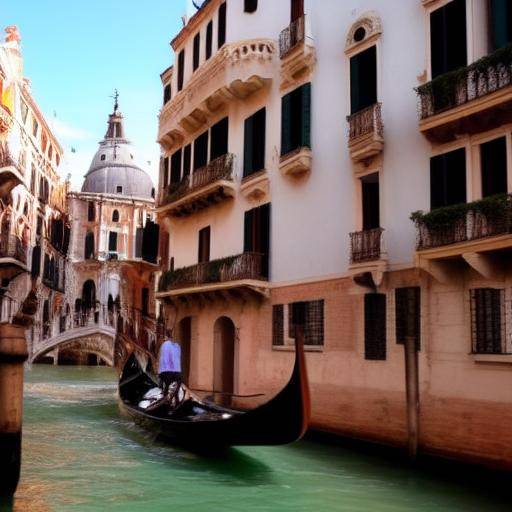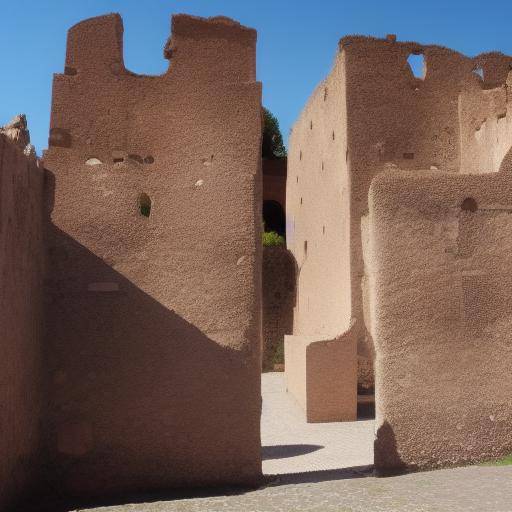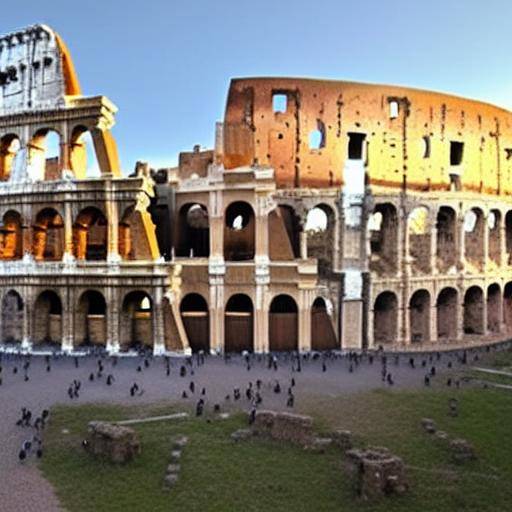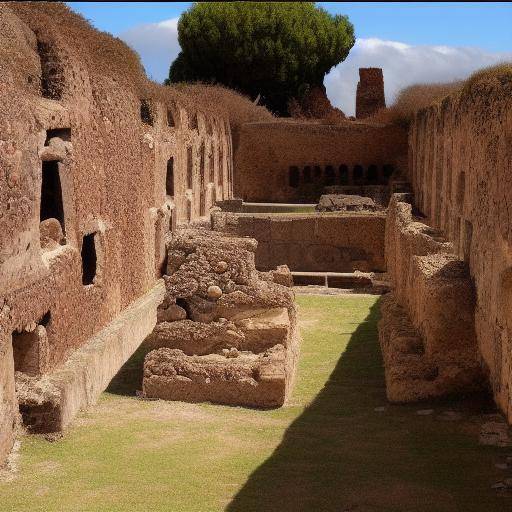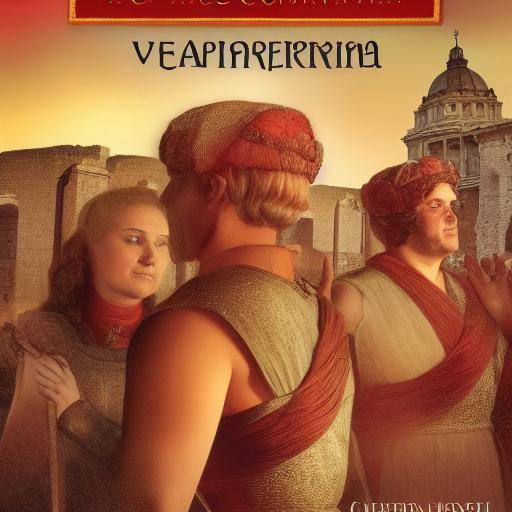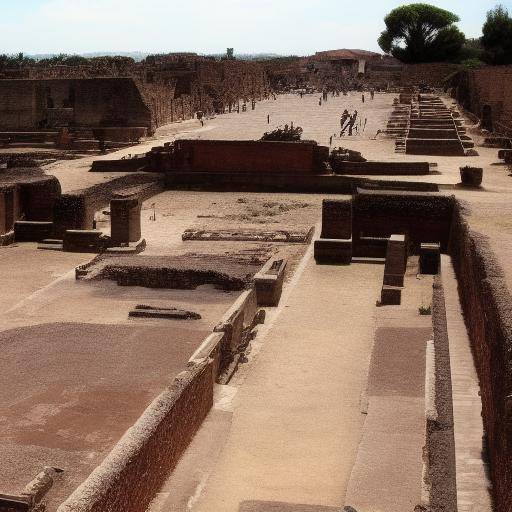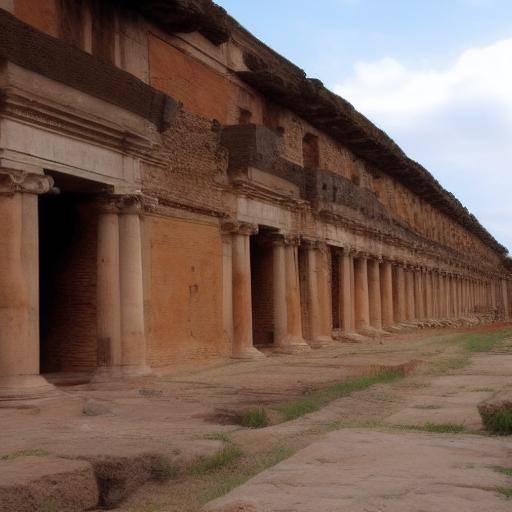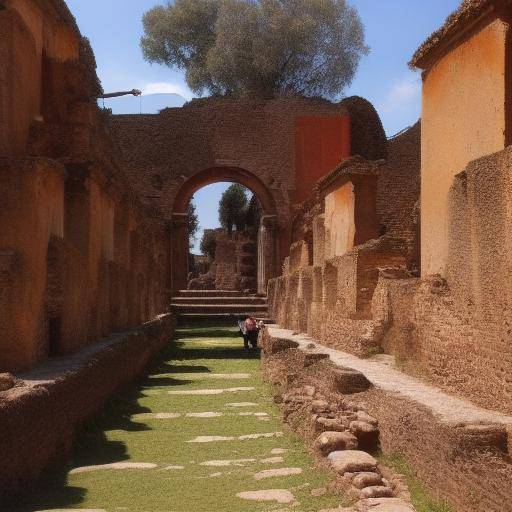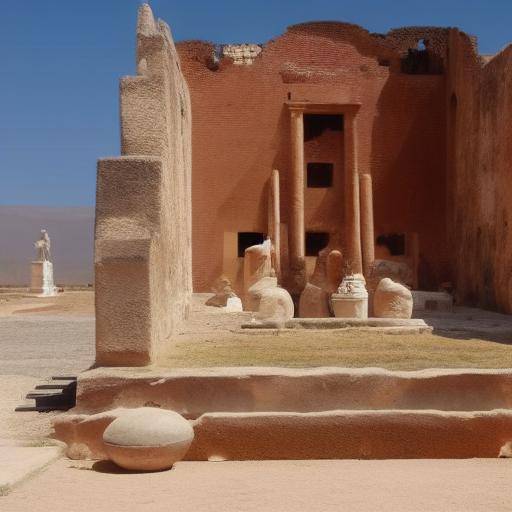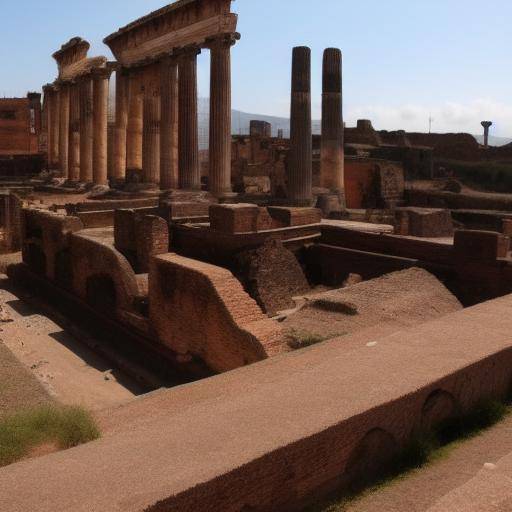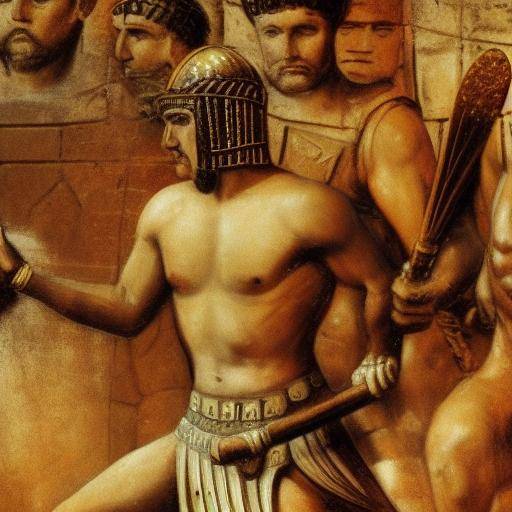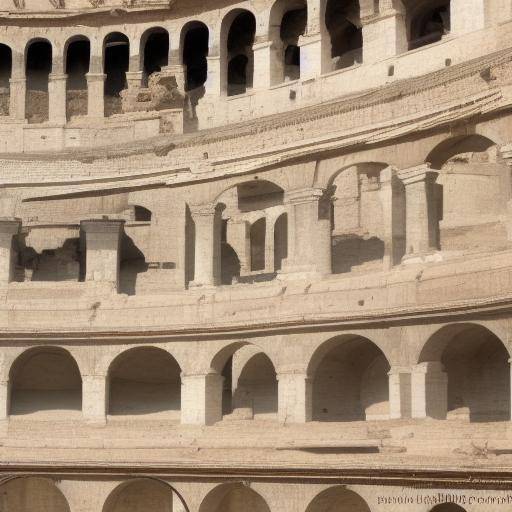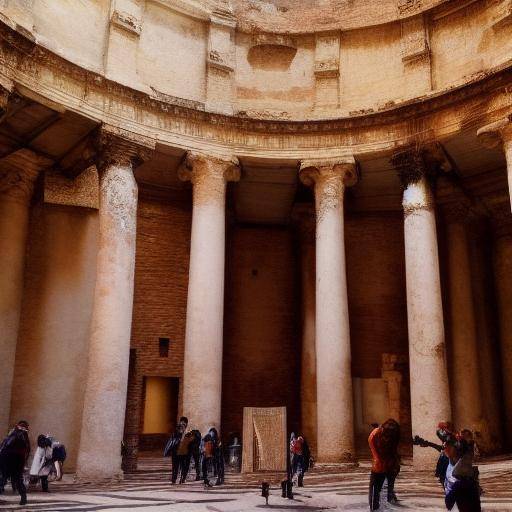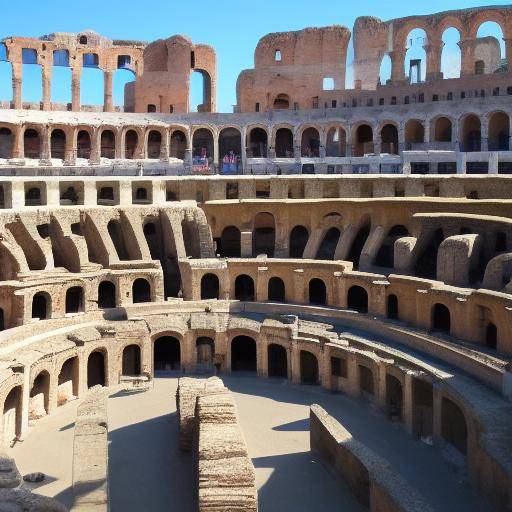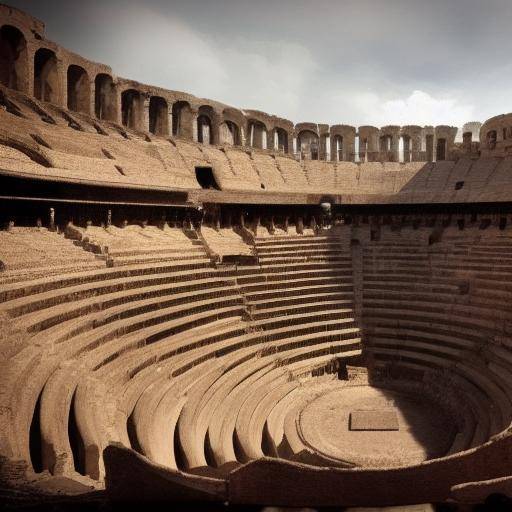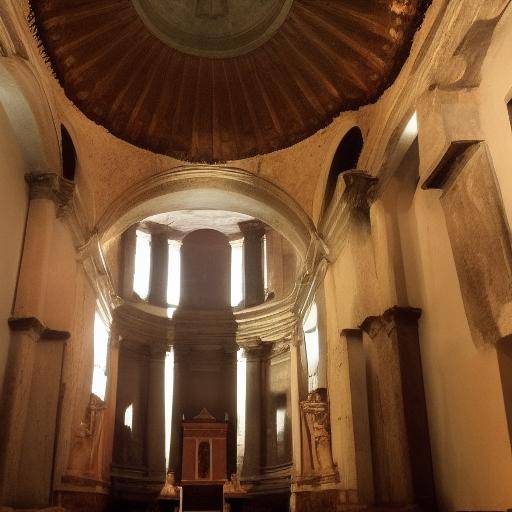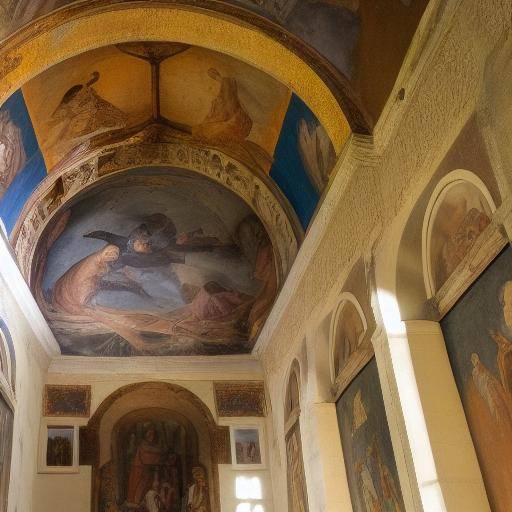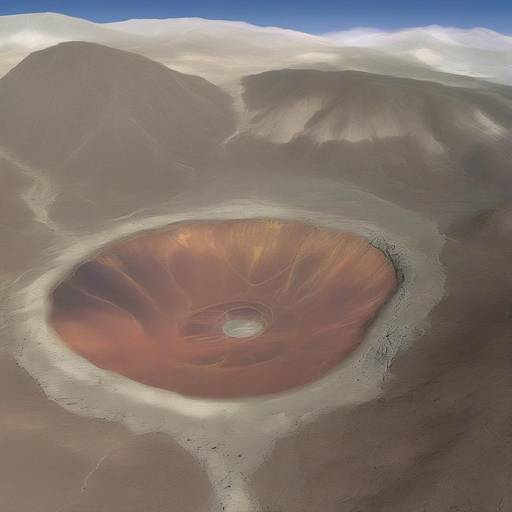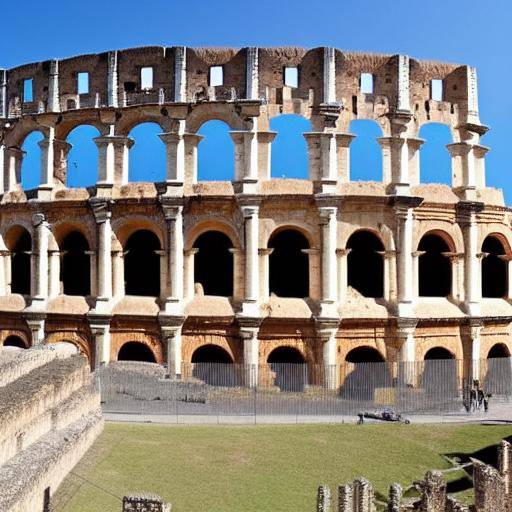
The Colosseum of Rome is one of the most emblematic architectural wonders of the ancient world and a lasting testimony of the greatness of the Roman Empire. In this article, we will explore the history, architecture and legacy of the Colosseum, as well as its impact on Rome and throughout Italy. We will discover how this iconic symbol has endured over the centuries and continues to fascinate millions of visitors every year.
Introduction
Welcome to an exciting journey through time and space, where we will immerse ourselves in the greatness of the Colosseum, the splendor of Rome and the beauty of Italy. From its humble beginnings to its present state of architectural wonder, the Colosseum has endured as a testimony of the engineering, culture and imagination of the Roman Empire.
History and Background
The Colosseum, originally known as Anfiteatro Flavio, was built in the heart of ancient Rome in the 1st century AD by the emperor Vespasian. This majestic building served as a stage for epic shows, including gladiator battles, wild beast fights and theatrical performances. With a capacity to accommodate more than 50,000 spectators, the Colosseum represented the splendor and grandeur of the Roman Empire.
During his apogee, the Colosseum was the epicenter of Roman social and cultural life, attracting people from all social classes to witness events that aroused emotions and fostered the feeling of community. However, with the passage of time, the Colosseum witnessed the fall of the empire, its transformation into fortress, quarry and later in inspiration for the Renaissance and modern architecture.
Analysis in Deep
The Colosseum is not only a historical monument, but also a centre of interest for historians, archaeologists and art and architecture enthusiasts. The restoration and continuous conservation of the Colosseum have raised unique challenges, including financing issues and preservation technique. Archaeological studies and structural analysis have revealed secrets of design and engineering that make this structure even more amazing.
Comprehensive review
The impact of the Colosseum in Rome and throughout Italy is undeniable, as it attracts millions of visitors every year, generating a constant flow of tourism and contributing to the country's cultural heritage. In addition, the Colosseum has inspired countless works of art, literature, music and cinema, leaving a profound mark on global culture.
Comparative analysis
The influence of the Colosseum extends beyond its physical borders, and intertwines with the identity and legacy of Rome and Italy. The Colosseum embodies the powerful influence of Roman civilization in the development of society, politics, law and arts in Europe and the Western world.
Practical Tips and Accessible Tips
If you plan to visit the Colosseum, we recommend you book your tickets in advance, save time and avoid the long rows. Do not forget to wear comfortable shoes, sunscreen and water, as you will want to spend several hours exploring this stunning place. In addition, it considers a guided tour to get a deeper perspective of history and architecture behind the ruins.
Industrial Profiles and Expert Reviews
Scholars and experts in history and archaeology have provided valuable insights on the importance of the Colosseum and its lasting legacy. His research and analysis have provided a deeper understanding of Roman society and the crucial role played by the Colosseum in its daily life and cultural identity.
Cases of Study and Applications in Real Life
The Colosseum has been the scene of numerous historical and cultural events throughout the centuries, and its impact is reflected in the narrative of humanity. Their preservation and restoration are a tangible testimony to the commitment of current generations to the conservation of an invaluable heritage.
Future Trends and Predictions
As tourism and interest in ancient history continue to grow, the Colosseum is expected to remain an iconic destination in the future. Conservation and education initiatives can strengthen their relevance and ensure that future generations continue to value their historical and cultural significance.
Conclusion
The Colosseum of Rome is not only an impressive monument, but also a testament to the greatness of the Roman Empire and a lasting legacy for humanity. Its impact on history, architecture and culture continues to resonate in contemporary society, and its inexhaustible ability to inspire astonishment and admiration is a tribute to the skill, creativity and vision of those who built it.
FAQs
What's the story of the Colosseum?
The Colosseum was built in the 1st century AD in the heart of ancient Rome by the emperor Vespasian. During his peak, he served as a stage for epic shows, including gladiator battles, wild beast fights and theatrical performances.
What is the cultural importance of the Colosseum?
The Colosseum has inspired numerous works of art, literature, music and cinema, and has left a profound mark on global culture. Its influence extends beyond its physical borders, and intertwines with the identity and legacy of Rome and Italy.
What are the challenges of preserving the Colosseum?
The restoration and continuous conservation of the Colosseum have raised unique challenges, including financing issues and preservation technique. However, preservation efforts are critical to ensuring that future generations continue to value their historical and cultural significance.
What impact does the Colosseum have on tourism?
The Colosseum attracts millions of visitors every year, generating a constant flow of tourism and contributing to the cultural heritage of Italy. If you plan to visit the Colosseum, we recommend you book your tickets in advance, save time and avoid the long rows.
What is the legacy of the Colosseum?
The Colosseum is not only a historical monument, but also a testimony of the engineering, culture and imagination of the Roman Empire. His legacy endures as testimony to the greatness of the Roman Empire and its influence on the development of society, politics, law and arts in Europe and the Western world.
How has the Colosseum impacted on modern architecture?
The Colosseum has been a source of inspiration for architects and designers over the centuries, and its influence is reflected in numerous contemporary structures. Its ingenious design and architectural grandeur continue to fascinate people of all ages and backgrounds.
In short, the Colosseum is much more than a simple historical monument; it is an eternal symbol of the greatness of the Roman Empire and a wonder that continues to inspire astonishment and admiration in the modern world. Its history, cultural impact and legacy survive through the centuries, and its meaning will endure for generations to come.



